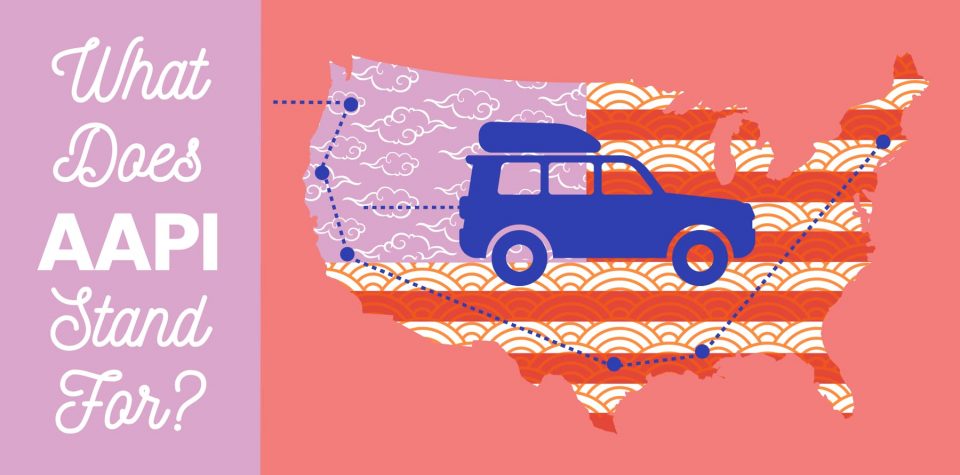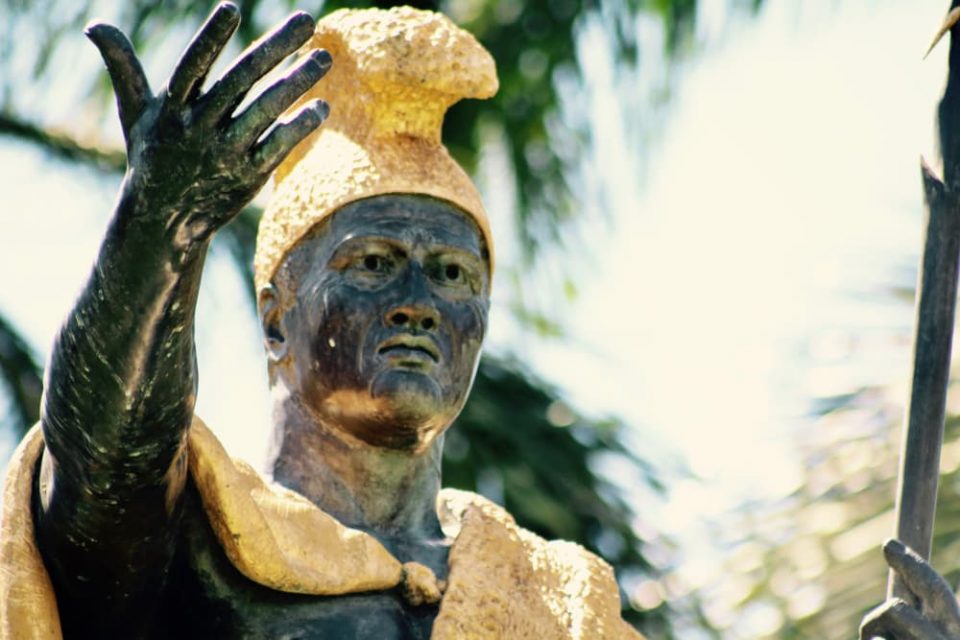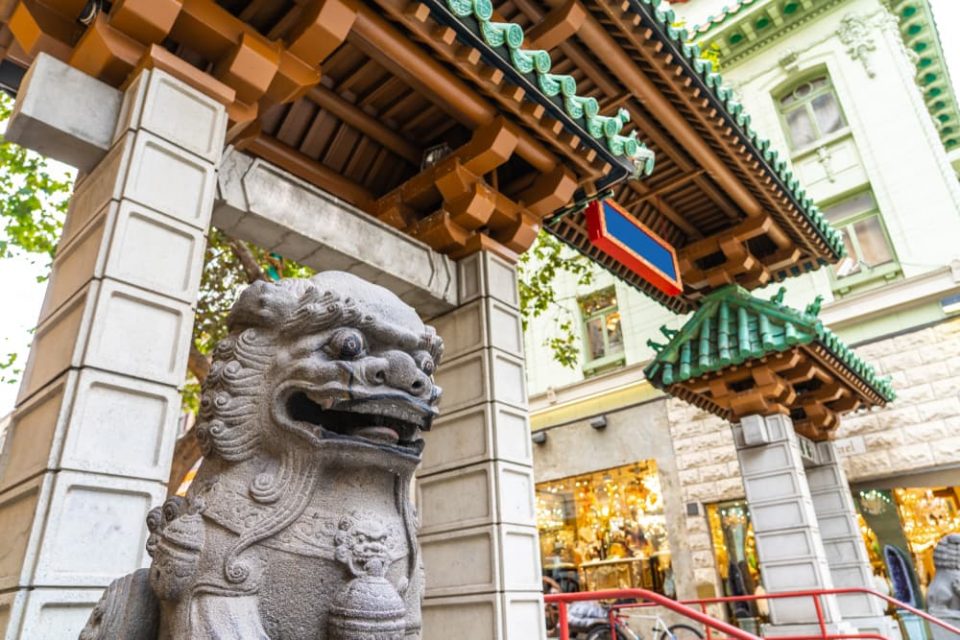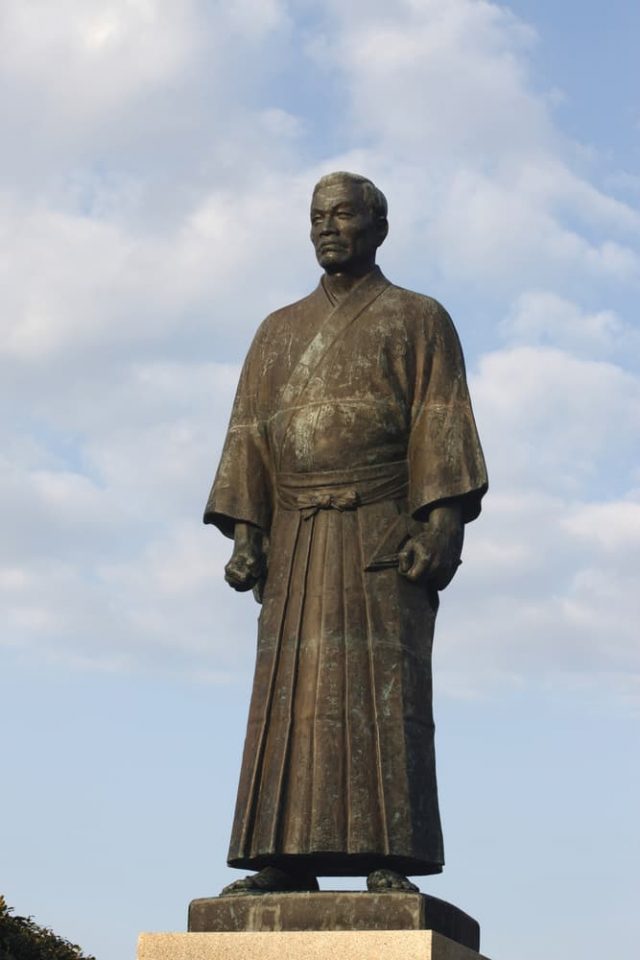
What Does AAPI Stand For?
AAPI stands for Asian American and Pacific Islander. This diverse group includes more than 24 million people with heritage linking them to dozens of countries covering more than a third of the planet! AAPI people have made (and are making!) important contributions to the United States. For that reason, in 1992, the month of May was designated Asian American and Pacific Islander Heritage Month in the US.
We’re celebrating AAPI month this year by taking a sea-to-sea journey across America, highlighting some of the ways AAPI history has helped shape the country.
AAPI History in Hawaii

We start our trip in the Pacific Ocean on the islands of Hawaii (pronounced Hawai’i, with a short stop between the i sounds, in native Hawaiian). Hawaii was an independent nation ruled by its indigenous Pacific Islander population until being annexed by the United States in 1898. In the mid-19th century, immigrants from China, the Philippines, Japan, Korea, and elsewhere came to the islands to work on its sugar plantations, and today Hawaii is the only state in the US where a majority of people are AAPI. Surfing was invented in Polynesia and practiced by native Hawaiians long before it became popular in the rest of the US, and a native Hawaiian invented the steel guitar. Ellison Onizuka, the first Asian American astronaut, was a Japanese American born in Hawaii.
AAPI History in Oregon
Next we land in the state of Oregon, where native Hawaiian workers helped establish trading posts starting in 1811. These workers were an important part of commercial expeditions in the area and included a royal observer from Hawaii’s King Kamehameha I. Today Oregon has a vibrant, growing AAPI population, including notable philanthropists, activists, and artists.
AAPI History in California

From Oregon we head down the coast to California, where over seven million AAPI people live today. Tens of thousands of Chinese immigrants came to California during its gold rush in the 1840s and 1850s. Despite discrimination and dangerous conditions, they were an essential part of completing the Transcontinental Railroad. Other AAPI people have come to the state in waves of immigration throughout American history. In 1956, California elected the first Asian American Congressperson, an Indian immigrant named Dalip Singh Saund who became an instrumental figure in Cold War diplomacy. Today, AAPI people in California help shape the landscape of the US by, among other things, founding companies (including ours!) and creating groundbreaking art and entertainment.
AAPI History in Texas
We can’t cover every state on this trip (although AAPI people live in all of them), so we’re jumping next to Texas. More than 1.8 million AAPI people live in Texas, including a huge population in the city of Houston. Texas’s first AAPI immigrants were Chinese railroad workers in the late 19th century, but other important groups came later, including Chinese immigrants from Mexico who helped care for US Army troops in the early 20th century and tens of thousands of Vietnamese immigrants who entered the country after the Vietnam War. AAPI people in Texas today include leading philanthropists, CEOs, and law enforcement officers.
AAPI History in Louisiana
From Texas we head east along the Gulf of Mexico to Louisiana, where AAPI people have been settling for centuries. As early as the 1700s, before Louisiana was even part of the United States, Filipino settlers built communities along the coast in places like Saint Malo. Bringing knowledge from the Philippines, they introduced a way of processing shrimp that helped preserve this southern staple. They also fought for the US during the War of 1812. Today there are Filipinos living in Louisiana whose families have been there since the 19th century!
AAPI History in Massachusetts

We end our sea-to-sea trip by swinging northeast to Massachusetts. The history of AAPI people in Massachusetts is long and diverse. The first Japanese American, a boy named Manjiro adopted by an American whaling captain, lived in Massachusetts before returning to Japan in 1852, where he became a translator who participated in high-stakes negotiations between the US and Japan. Chinese immigrants settled in Boston later in the century, and in 1875 the last king of Hawaii, Kalakaua, came to Boston as part of a national tour to drum up support for a trade deal between his nation and the U.S. AAPI people in Massachusetts today are making history as city councilors, activists, scientists, and more.
Together Time
To celebrate AAPI month with your family, visit nearby museums that have exhibitions honoring AAPI history or plan a trip to a National Park Service AAPI Heritage Site. History is broad and deep, and chances are there are incredible stories right around the corner, just waiting to be discovered.
